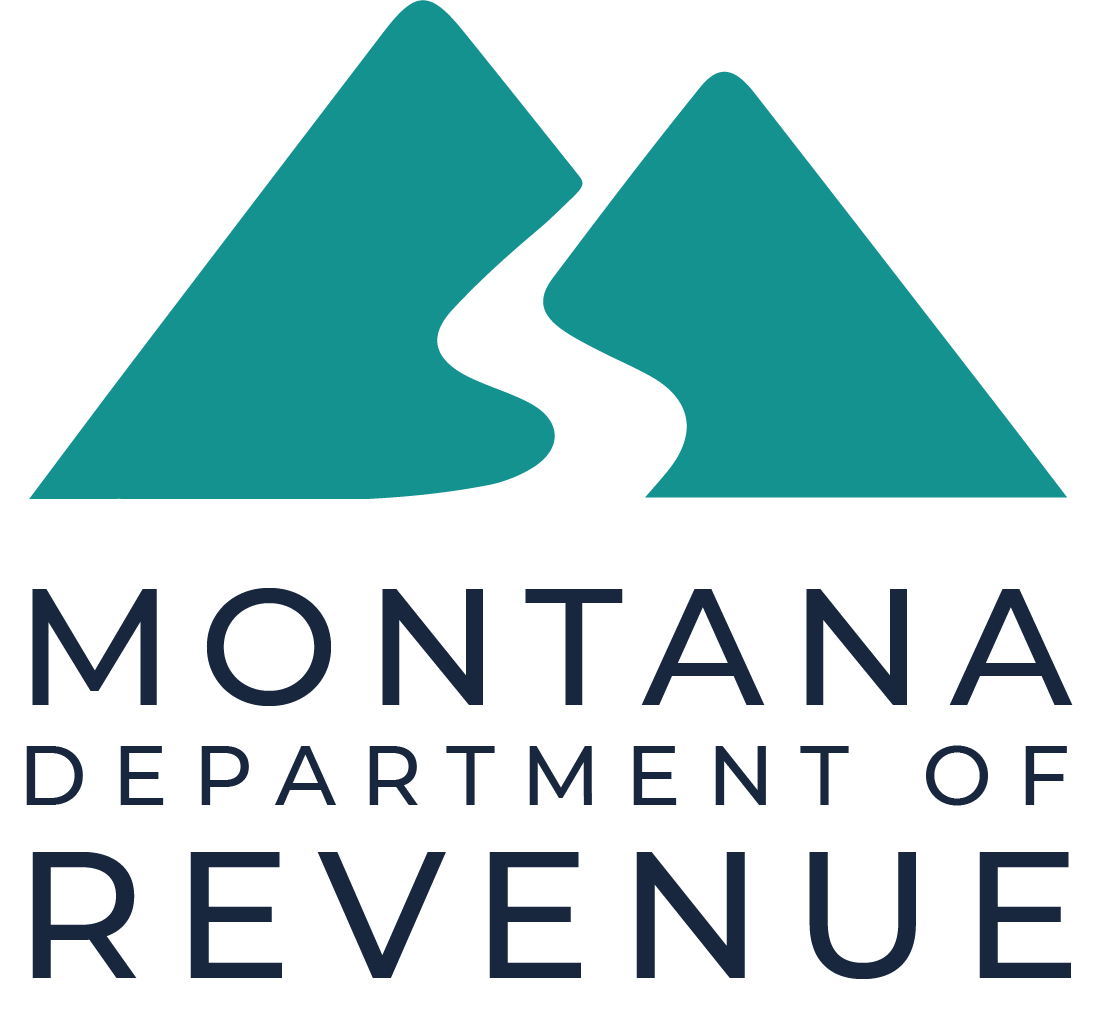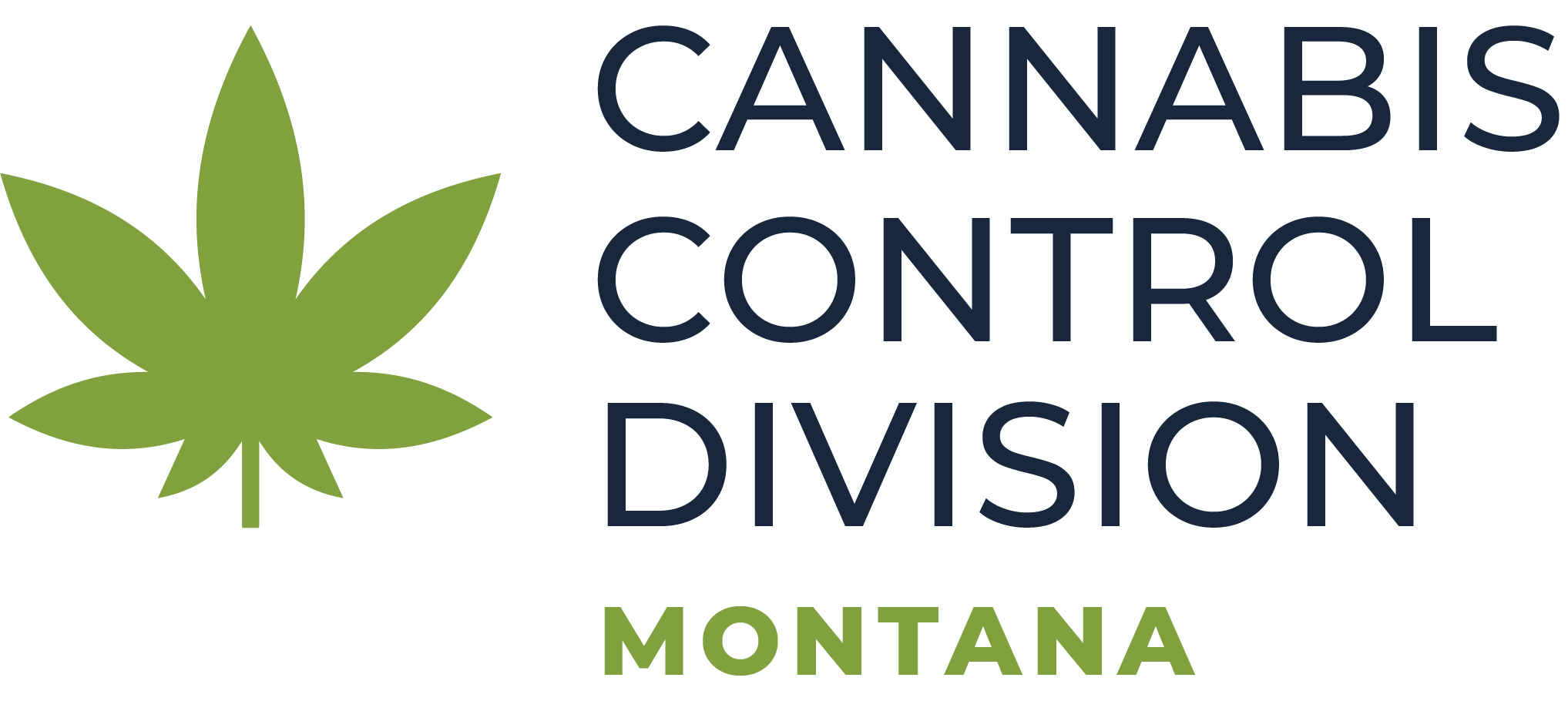Purchasing legal, regulated marijuana has significant benefits for consumers, the local community, the local and state economy, and the environment.
The purchase, possession, and consumption of medical and adult-use marijuana is permitted for eligible individuals in Montana. The Cannabis Control Division oversees the regulated (legal) marijuana industry for the state.
While marijuana has become legal in Montana, the illegal segment of the marijuana market remains present here, and across the United States.
There are numerous benefits to purchasing and consuming regulated marijuana, and this document has been created to outline the legitimacy of the regulated marijuana industry.
Before marijuana or marijuana products (adult-use and medical) may be sold or transferred to consumers, a marijuana licensee must submit for testing a sample of every test batch from a harvest lot (marijuana flower) and process lots (for marijuana products) to a licensed marijuana testing laboratory within the state of Montana.
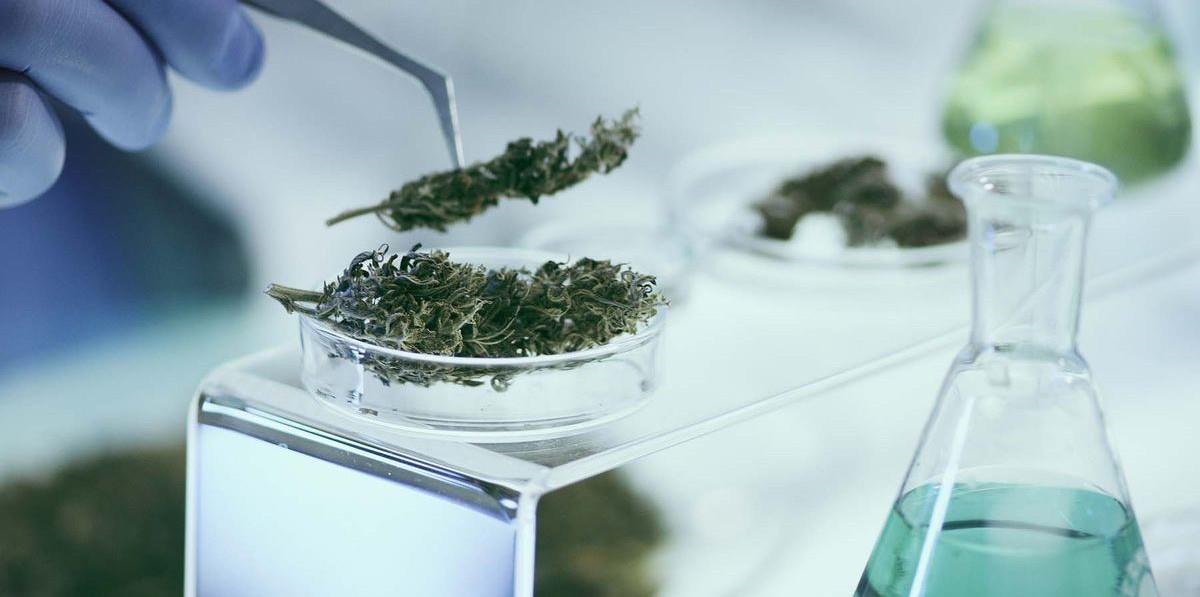
Testing of marijuana flower and marijuana products must be performed* to determine:
- Cannabinoid profile/potency
- Acceptable/unacceptable levels of:
- Filth and foreign matter
- Heavy metals**
- Pesticides
- Microbiologicals (e.g., Salmonella, Aspergillus)
- Moisture
- Mycotoxins
- Residual solvents
*Marijuana and marijuana products may go through different testing requirements that are dependent upon its form.
**Tested randomly
Unregulated marijuana is not subject to any kind of testing by a licensed marijuana testing laboratory.
Consumption of untested marijuana could be laced with unacceptable levels of filth & foreign matter, heavy metals, mold, pesticides, etc.
In Montana, all regulated marijuana must be labeled, and that label must include a QR code. Consumers may scan that QR code with their smartphone to obtain the product’s Certificate of Analysis (COA).
The COA is a document from an accredited marijuana testing laboratory that confirms that a regulated product meets certain criteria.
The Certificate of Analysis (COA) will include information, such as:
- The Montana licensed laboratory that performed the testing
- The Montana marijuana licensee that is testing the flower or product with the Montana testing laboratory
- The strain or name of the product (often with a photograph)
- The date of the strain’s harvest (flower) or the date of manufacture (marijuana products)
- The cannabinoid profiles or potency (Delta-9 THC*, THCa, CBD, CBDa, etc.)
- The types of tests conducted and the date that the test(s) was performed by the licensed testing laboratory
- Testing results (pass/fail) for filth and foreign matter, moisture, pesticides, etc.
- Terpene profiles** (if applicable)
*Delta-9 THC is the primary psychoactive cannabinoid in the cannabis plant. It is responsible for the “high” that individuals experience after consuming marijuana and marijuana products.
**Terpenes are naturally occurring chemical compounds found in plants and even in some animals. Terpenes make the aromas, colors, and flavors associated with vegetation and some animals.
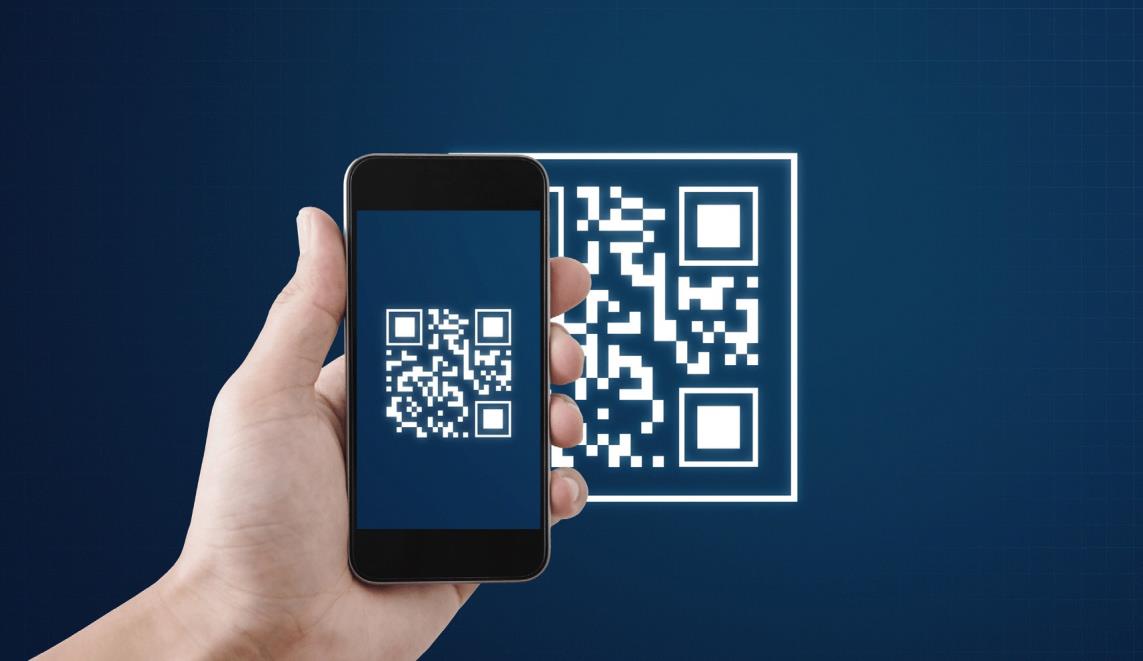
Marijuana industry workers receive education and training that allows them the ability to answer consumer questions about marijuana and marijuana products (with the prohibition of providing anyone a medical diagnosis or medical advice).
Consumers should feel comfortable asking questions about marijuana products offered by a retail dispensary so that they may gain a better understanding of a product before purchase.
Marijuana industry workers receive education and training that allows them the ability to answer consumer questions about marijuana and marijuana products (with the prohibition of providing anyone a medical diagnosis or medical advice).
Consumers should feel comfortable asking questions about marijuana products offered by a retail dispensary so that they may gain a better understanding of a product before purchase.
Consumers can ask marijuana retail employees questions such as:
- What products would you recommend for a beginner versus an experienced consumer?
- What is the recommended serving size for a specific product?
- How is this product used?
- What effect does the product tend to create?
- How long may it take before feeling the effects after consuming the product?

In Montana, adult-use marijuana is available only to individuals that are 21 years of age or older. Marijuana licensees are prohibited from selling adult-use marijuana and marijuana products to minors and can face penalties (including and up to revocation of their marijuana worker permit and/or marijuana business license) for selling adult-use marijuana and marijuana products to anyone under the age of 21.
For every adult-use marijuana transaction, a Montana marijuana licensee is required to check the identification of a person to confirm their date of birth (eligibility) to purchase adult-use marijuana.
For medical marijuana sales, the medical card of the patient must be verified and entered during each transaction. Minors that possess a medical card and are under the age of 18 may not enter a marijuana dispensary without their parent or legal guardian accompanying them.
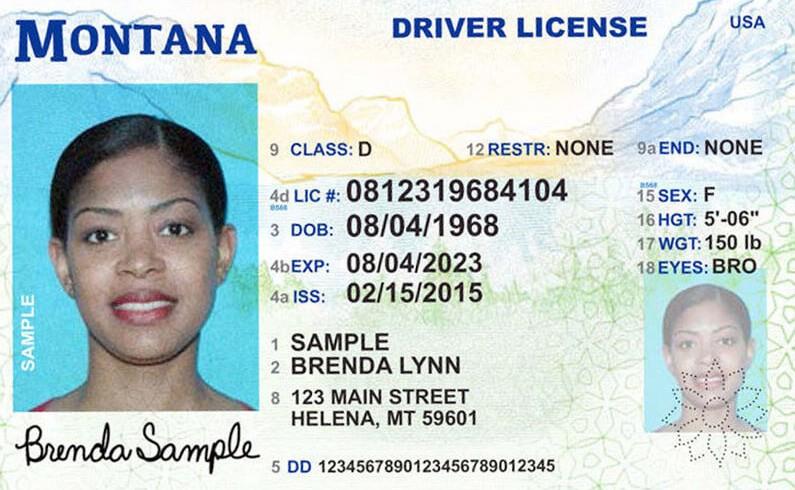
Currently, there is a 20% tax levied upon adult-use marijuana, and a 4% tax on medical marijuana.
These taxes are distributed at the state level to:
- $6 million to the Healing and Ending Addiction through Recovery and Treatment (HEART) account established in 16-12-122, MCA.
- After the HEART distribution, the remainder goes to:
- 20% to Department of Fish, Wildlife, and Parks to be used solely as funding for wildlife habitat
- 4% to the State Park account
- 4% to the Trails and Recreational Facilities account 4% to the Nongame Wildlife account
- 3% or $200,000, whichever is less, to the Veterans and Surviving Spouses State Special Revenue account
- $150,000 to the Board of Crime Control to fund crisis intervention team training Remaining funds go to the state’s General Fund
Montana House Bill 701 permits Montana counties to implement a local-option marijuana excise tax not to exceed 3% (on adult-use, medical use, or both).
For counties that implement a local option tax on marijuana sales:
- 50% retained is by the County
- 45% is apportioned to Municipalities based on the ratio of the population
- of the city or town to the total county population
- 5% is retained by Department of Revenue for administration
Local-option tax distributions are calculated using actual tax collected during the collection period. Any tax collected or adjusted, regardless of the tax period it applies to, during the collection period will be included in that distribution.

Today, the legal marijuana industry in Montana employs thousands of workers across the state. These workers support their families with the income earned through their job.
In the approximately eight years since the first adult-use cannabis stores opened in the United States, the regulated marijuana industry has created hundreds of thousands of new jobs.
The legal marijuana industry employs more than 428,000 full-time workers across the United States.
There are now more people employed in the regulated marijuana industry than hair stylists, barbers, and cosmetologists—combined.
NORML Report
Regulated marijuana licensees must store, manage, and dispose of solid and liquid waste generated during their marijuana processing and production in accordance with applicable state and local laws, and regulation. This includes hazardous waste, water usage, and wastewater disposal.
Additionally, marijuana licensees must maintain accurate and comprehensive records regarding waste material in the seed-to-sale tracking system that accounts for, reconciles, and evidences all waste activity related to the disposal of marijuana to include what was disposed; quantity by weight or volume; date disposed; video evidence of disposal to be retained for 30 days; and reason for the disposal.

Resources
- Legal is Legit (Downloadable PDF)
- How to Read a COA and Why It’s So Important
- 42.39.310 – Waste Management
- 37.107.316 – Testing Laboratory Quality Assurance Testing
- 42.39.405 – Marijuana Cultivator Licenses
- Montana Cannabis Sales Reports
- Healthline: Cannabis Terpenes: What They Are and How They Work
- NORML Report: Legal Marijuana Industry Employes Over 428,000 Full-Time Workers
